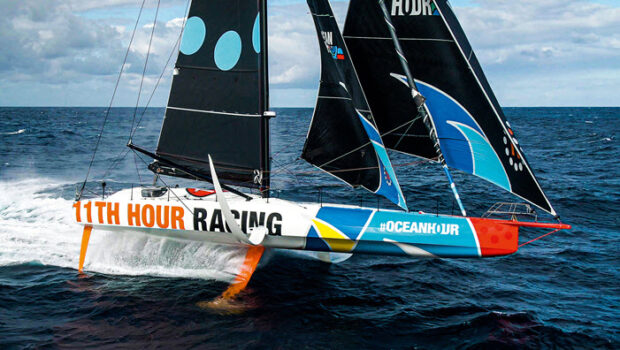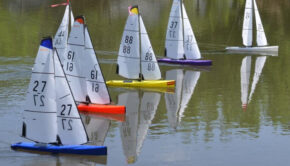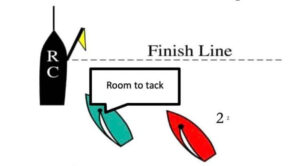Artificial Intelligence and Sailing
Published on April 18th, 2023
When it comes to executing tasks, people can be the weak link which has motivated significant growth with artificial intelligence (AI). If computer systems can perform tasks that normally require human intelligence, and do so with greater consistency, why not?
But the scope of AI is expanding to sport, which by definition is a test of physical skill… human skill. The sport of sailing has been lenient in defining the boundaries of technologies, which has led to equipment that helps us start better, navigate better, and steer better.
While this tech may fastrack necessary skills for newer sailors, it increases the cost to compete for everyone. Regardless of the sport, higher cost negatively impacts participation.
Rebellion Research, which is a global machine learning think tank, artificial intelligence financial advisor & hedge fund, has published this report (which may or may not have been written with AI) on Artificial Intelligence and Sailing:
Artificial intelligence (AI) has the potential to revolutionize many industries, including professional sailing. The use of AI in sailing can help teams make better decisions, improve performance, and enhance safety. In this essay, we will explore how AI can affect professional sailing.
Firstly, AI can help sailing teams make better decisions. Sailing involves making decisions based on many different factors, such as wind speed, sea conditions, and the position of other boats. With the help of AI, teams can analyze data from various sources, such as weather forecasts, GPS, and sensors on the boat, to make more informed decisions.
AI can also help teams identify patterns in data that humans might miss, allowing them to adjust their strategy accordingly. For example, AI could help a team identify a pattern of wind shifts that could allow them to gain an advantage over their competitors.
Secondly, AI can improve performance in sailing. Sailing involves a complex interplay of different factors, such as wind direction, boat speed, and sail trim. AI can help teams optimize these factors to improve performance.
For example, AI could analyze data from sensors on the boat to determine the optimal sail trim for a given wind direction and boat speed. AI could also analyze data from other boats to help a team determine the best route to take.
Thirdly, AI can enhance safety in sailing. Sailing can be a dangerous sport, and safety is always a concern. AI can help teams monitor various factors, such as weather conditions and sea state, to ensure that they are sailing safely.
For example, AI could analyze weather forecasts to help a team avoid sailing in dangerous conditions. AI could also analyze data from sensors on the boat to alert the crew if there is a problem, such as a leak or a malfunctioning piece of equipment.
Finally, AI can help sailing teams analyze their performance and improve their training. AI can analyze data from races and training sessions to help teams identify areas where they can improve.
For example, AI could analyze video footage of a race to help a team identify mistakes they made and areas where they could have gained an advantage. AI could also analyze data from training sessions to help a team identify areas where they need to focus their training.
In conclusion, AI has the potential to revolutionize professional sailing. It can help teams make better decisions, improve performance, enhance safety, and analyze their performance to improve their training. As AI technology continues to improve, we can expect to see even more benefits in the future.









 We’ll keep your information safe.
We’ll keep your information safe.